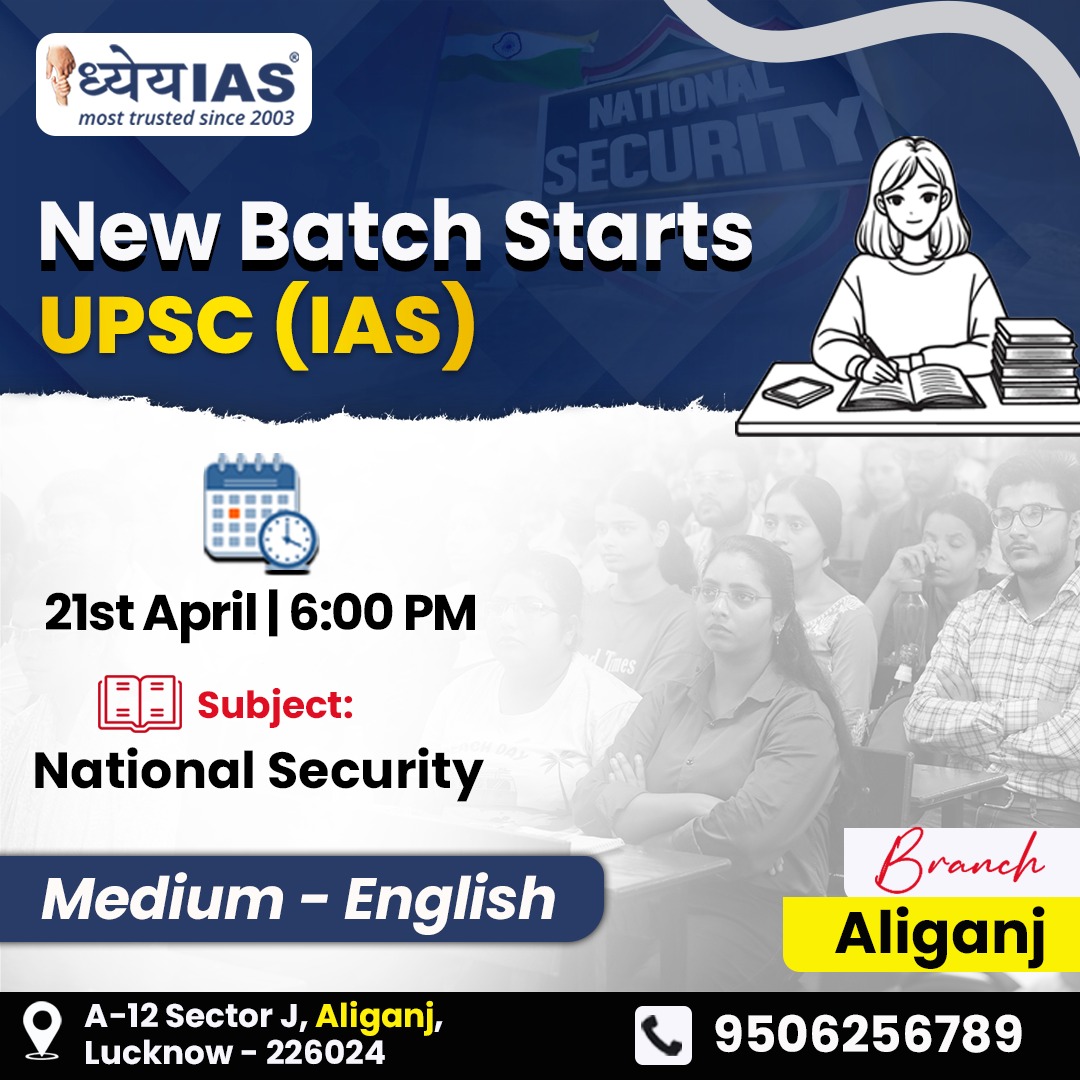Context:
South Eastern Coalfields Limited (SECL) is set to become the first coal PSU in India to adopt paste fill technology for coal mining—marking a major step toward sustainable and environmentally friendly mining practices. To implement this innovative underground mining technology, SECL has signed a ₹7040 crore agreement with TMC Mineral Resources Private Limited.
About the agreement:
Under this agreement, large-scale coal production will be undertaken using paste fill technology in the Singhali underground coal mine located in SECL’s Korba area. Over a period of 25 years, the project is expected to produce approximately 8.4 million tonnes (84.5 lakh tonnes) of coal.
The Singhali mine, operational since 1993, was originally developed using the Bord and Pillar method. However, conventional mining methods faced limitations due to dense surface infrastructure including villages, high-tension power lines, and PWD roads. Paste fill technology offers a non-invasive solution, allowing coal extraction to continue without disrupting life and infrastructure above ground.
What is Paste Fill Technology?
Paste fill is a modern, eco-conscious method of underground mining where voids left after coal extraction are filled with a semi-solid paste.
This paste is composed of fly ash, crushed overburden, cement, water, and binding agents—many of which are waste materials from other industrial processes.
The technique not only ensures structural stability and prevents land subsidence, but also reduces the environmental footprint by recycling industrial by-products.
Key Features of Paste Fill Technology:
- Eco-Friendly: Paste fill technology eliminates the need to acquire surface land, reducing environmental impact.
- Structural Stability: The technology prevents land subsidence and ensures the structural stability of the mine by filling mined-out voids with a specially prepared paste.
- Utilization of Industrial Waste: The paste is made from fly ash, crushed overburden from opencast mines, cement, water, and binding chemicals, promoting waste utilization.
Conclusion:
The adoption of paste fill technology in Singhali is not just a technological upgrade—it represents a broader shift toward green mining in India. The project sets a precedent for reviving other underground mines facing similar constraints and demonstrates how sustainable technologies can secure both economic output and environmental preservation.







